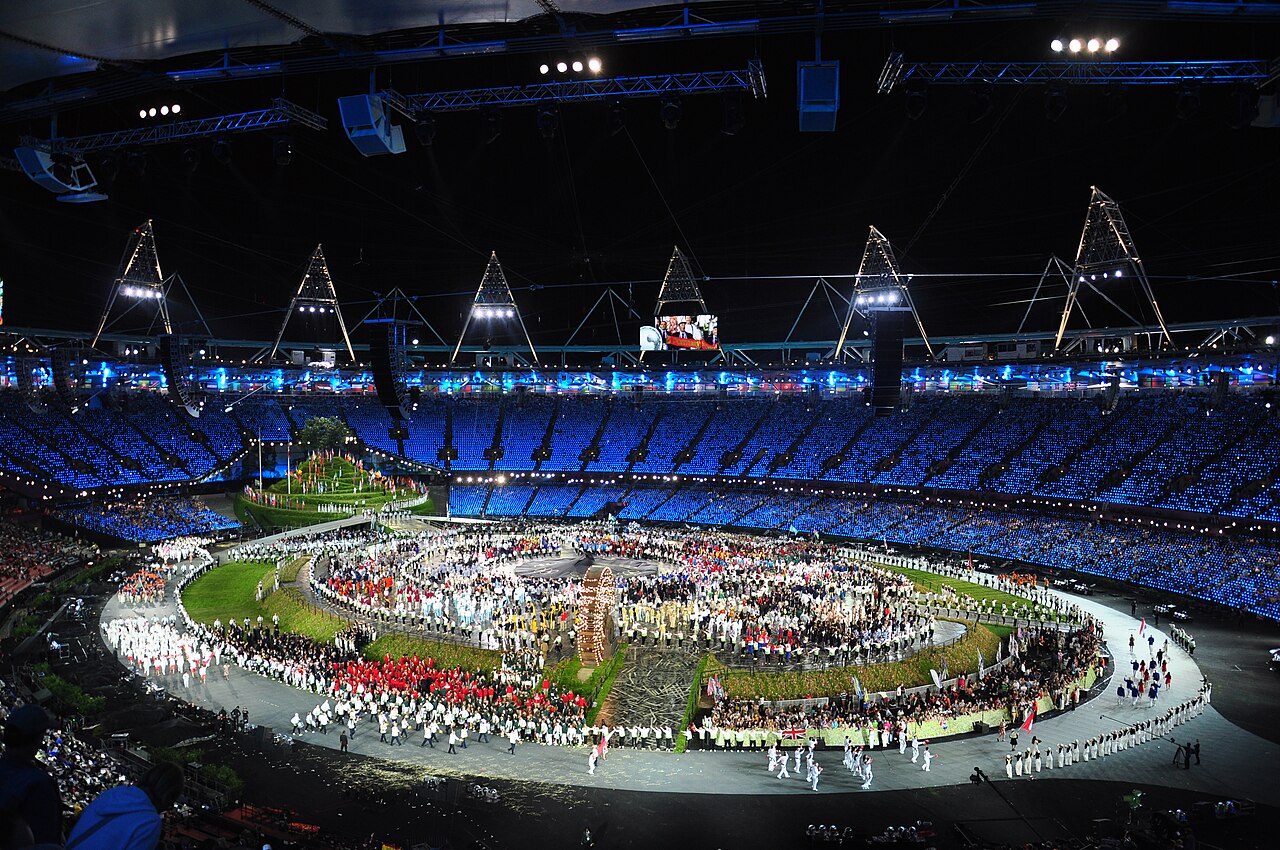From July 26 to August 11, 2024, Paris, one of the world’s fashion, art, and style capitals, will host the Olympic Games for the third time. At this major international sporting event, which brings together athletes, audiences, numerous staff, officials, and media teams, the distinctive Olympic uniforms are an important part of the visual identity. Beyond their primary function of providing comfort, mobility, and protection, the uniforms serve as a means of visual communication, marking not only national identity but also the roles of different participants in the protocol and competitive aspects of the Games. They also reflect current trends in the sportswear industry, moral codes of the time, budget constraints, and various national branding strategies.
In the early Olympic Games, participants wore their own sports equipment and clothing, which led to the introduction of clothing in specific colors and markings such as badges or armbands for easier identification. The development of ceremonial practices directly influenced the design of Olympic uniforms. At the opening of the London 1908 Olympics, the Parade of Nations, a march of national teams, was held for the first time, becoming one of the most recognizable Olympic traditions. At the Parade of Nations in Paris in 1924, many participants appeared in national uniforms, contributing to the visual dynamism of this event, which has since become a kind of visual and fashion spectacle.
With the strengthening of media influence after World War II, various authors began writing the history of Olympic fashion. One of them was French fashion designer André Courrèges, who designed the uniforms for the staff of the 1972 Munich Olympics. To distance themselves from the 1936 Berlin Olympics, held under the shadow of the Nazi regime, the organizers wanted to give the Munich event a relaxed and informal character. They required that the uniforms be inspired by Bavarian folklore and safari style, with a defined color palette that included light blue, green, lavender, orange, and silver gray. Considering these guidelines, Courrèges designed practical clothing that included overalls, baseball caps, miniskirts, and jackets. This clothing is also remembered because it was worn by the future Queen Silvia of Sweden, who met her husband, then Crown Prince and now King Carl XVI Gustaf of Sweden, as a hostess in Munich.
Among the designers of Olympic uniforms over time have been names like Ralph Lauren, Giorgio Armani, Issey Miyake, and Christian Louboutin. For the London 2012 Olympics, Stella McCartney designed the entire Olympic collection for the Great Britain team. On that occasion, she stated that the competitive uniforms were a bigger challenge for her than the ceremonial ones. The deconstructed Union Jack motif she used in 2012 was criticized for being too blue. Therefore, for the 2016 Rio de Janeiro Olympics, she chose a heraldic design with floral emblems of the four British nations, the Latin motto Ivncti in Uno (Joined in One), and the GB logo. Besides comfort and practicality, Stella McCartney’s Olympic uniforms are characterized by bold graphic prints, colors, and inspiration from British heritage.
Presentations of the Olympic uniforms of participating countries’ teams traditionally attract attention in the weeks leading up to the opening of the Games. At the 2024 Paris Olympics, the French team will appear at the Parade of Nations in uniforms by the brand Berluti. The design of these dark blue suits, modern versions of tuxedos, embodies elegance and sophistication as synonyms for the host country’s style. Serbian Olympians will defend their national colors in Paris in uniforms by the brand PEAK. The design of the Olympic collection for Team Serbia is based on the colors of the national flag – red, blue, and white – but also on symbols, notably the cross as a universal symbol of faith, hope, love, and victory.
Draginja Maskareli
Museum advisor – Art and Fashion Historian

Poster for the fencing events at the 1900 World Fair and Summer Olympics in Paris; photo: Wikimedia Commons / Public Domain

U.S. Olympic swimming team at the Paris Olympics 1924; photo: Wikimedia Commons / Public Domain

Clothes of the volunteers at the Munich Olympics 1972; photo: Wikimedia Commons / CC BY 1.0 / User: H-stt

Parade of Nations at the London Olympics 2012; photo: Wikimedia Commons / CC BY 2.0 / Department for Culture, Media and Sport

Athletes from Serbia at the opening of the 2010 Winter Olympics in Vancouver; photo: Wikimedia Commons / CC BY 2.0 / Jude Freeman



